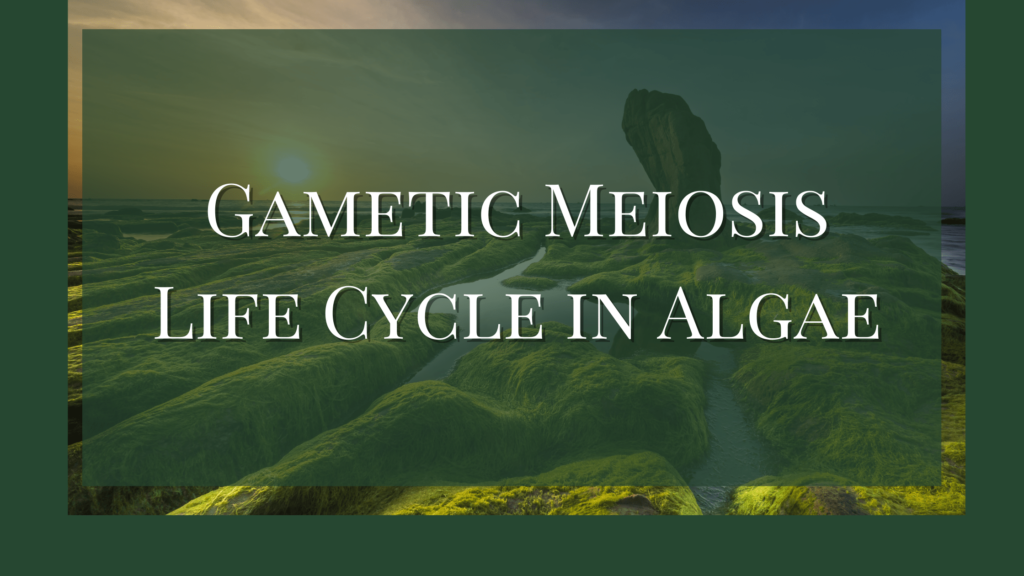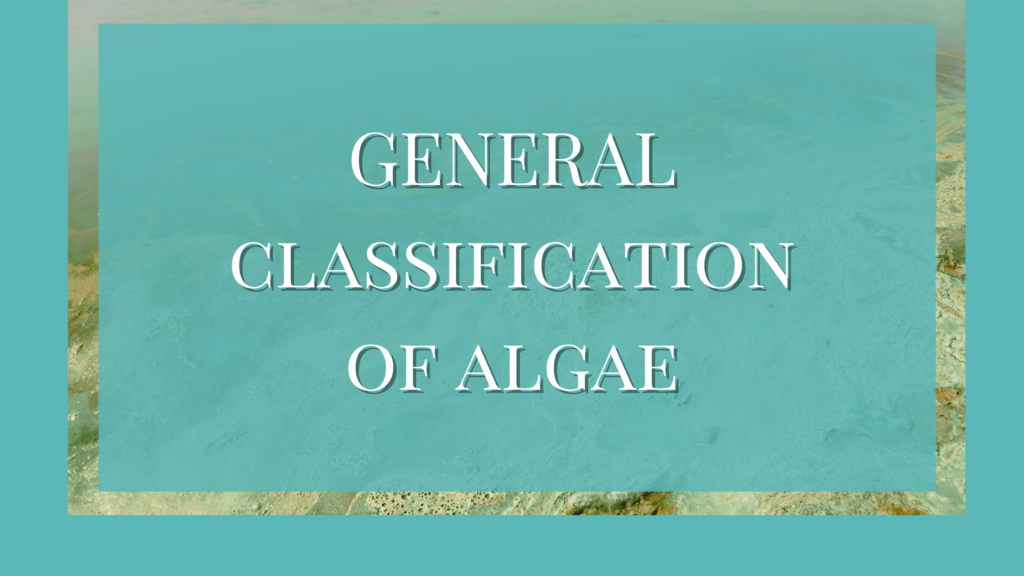Normally, meiosis occurs in diploid cells to produce gametes for subsequent sexual reproduction. In such situations, the organism or algae is said to have a gametic meiosis life cycle, where the meiosis happens only for gamete production.
On the other hand, somatic meiosis refers to the occurrence of meiotic division in normal somatic cells. This type of life cycle in algae is quite uncommon. only very few algae show such a life cycle.
Gametic meiosis life cycle in algae
Noctiluca miliaris is a dinoflagellate that exhibits a gametic meiosis life cycle.
In diatoms, sexual reproduction is gametic. Pennate diatoms are isogamous and centric species are oogamous. Autogamy is reported in the centric diatoms.
Fucales of Phaeophyceae also show a gametic meiosis life cycle. The only free-living plant is diploid and meiosis occurs during the formation of gametes.
Gametic life cycle in Chlorophyceae
Members of Dasycladales are the only species of the Chlorophyceae that exhibit a gametic life cycle. In the vegetative state, Acetabularia contains a single large nucleus located in one of the basal rhizoids.
Gametogenesis commences with the meiotic division of the nucleus followed by mitosis to produce a large number of haploid daughter nuclei. Many of these nuclei migrate to the cap and are incorporated singly into gametangial cysts.
The resistant cysts are released from the cap and mitotic division within cysts leads to the release of biflagellate isogametes, the zygote resulting from the gamete fusion develops directly into the new Acetabularia thallus. Except Derbesia- Bryopsis complex members of Caulerpales (Codium, Udotea, Caulerpa, Halimeda) are assumed to have gametic life cycles.
Somatic Meiosis Life Cycle in algae
Somatic life cycles are unequivocally demonstrated in the Prasiolales of the Chlorophyceae and some members of the Rhodophyceae.
In Prasiola meridionalis and P.stripiata, the cells in the upper portion of the blade may divide meiotically and their offspring undergo further mitotic divisions to produce a mosaic pattern of paired male and female gametangial areas.
The disintegration of the gametangial walls facilitates the gamete release. Syngamy is oogamous and the biflagellate sperm is incorporated into the egg. One flagellum will be lost and the other remain to serve the zygote to propel itself before its settlement and subsequent growth into a new thallus.
Among the freshwater red algae, Batrachospermales involve a macroscopic gametophyte and a reduced filamentous diploid phase termed chantransia. The only spores formed are the carpospores produced by the carposporophyte as a result of fertilization of carpogonium by a spermatium.
Here tetraspores are absent and the gametophyte generation develops directly from the chantransia. Meiosis occurs in the apical cell of the chantransia phase with residual nuclei from each meiosis being extruded into lateral protrusions from which no further growth occurs.
Other red algae with reduced tetra sporophytes may have the potential for the suppression of tetrasporogensis and the direct development of a gametophyte via somatic meiosis.




